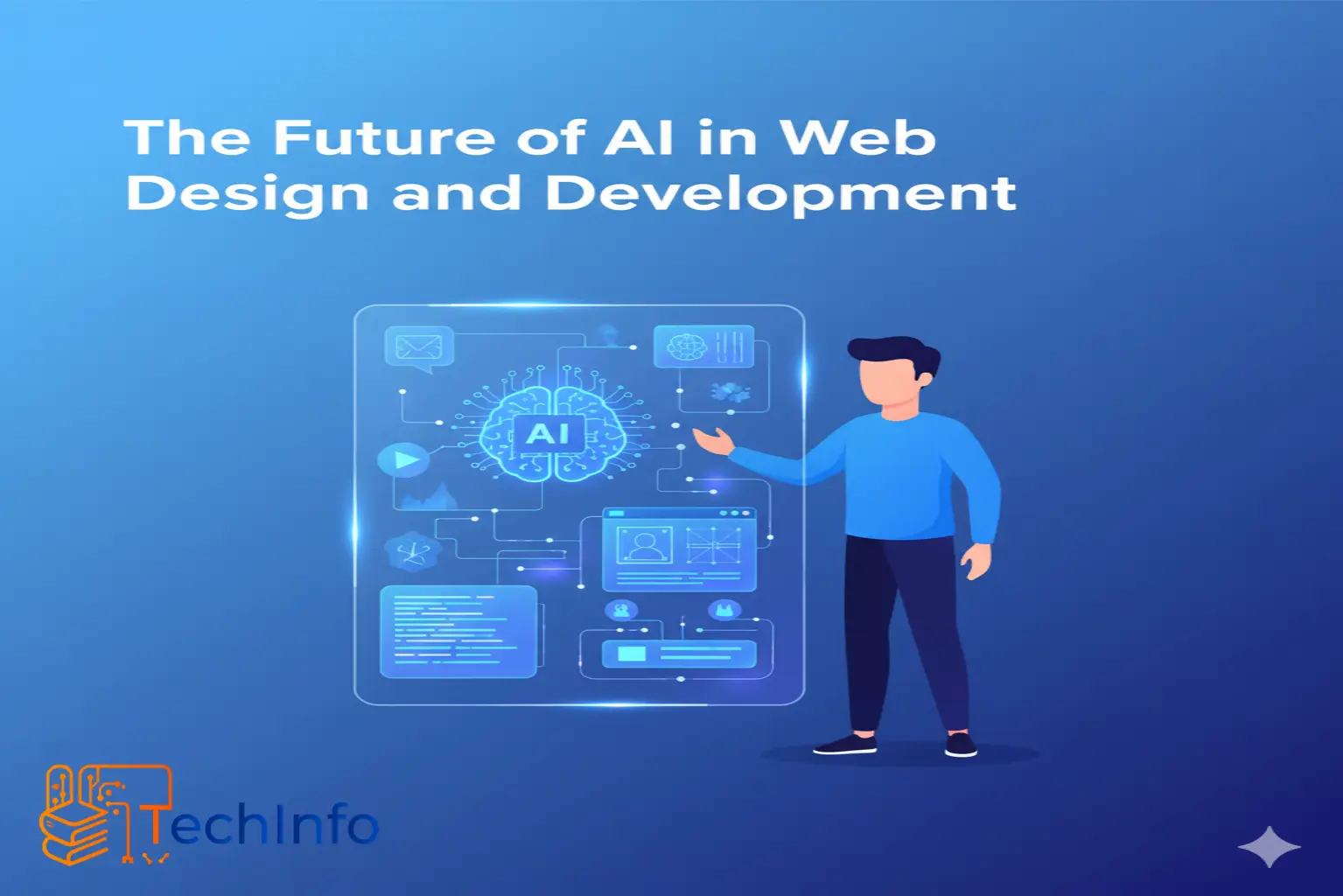The Future of AI in Web Design and Development
Artificial Intelligence (AI) is transforming industries at an unprecedented pace, and web design and development are no exceptions. In 2025, AI is not just a buzzword — it’s a practical tool reshaping how websites are built, optimized, and personalized.
But what does the future hold for AI in web design, and how can businesses leverage it to stay ahead of the competition?
1. AI-Driven Development and Automation
AI is increasingly integrated into web development workflows, helping developers write cleaner code, automate repetitive tasks, and deploy websites faster. From automated bug detection to predictive analytics for performance, AI tools reduce errors and save time.
These innovations are part of the broader trend of AI-driven development and automation, allowing businesses to create sophisticated, scalable applications more efficiently than ever before.
2. Personalized User Experiences
Modern users expect personalized web experiences. AI analyzes user behavior, preferences, and interaction patterns to tailor content, recommendations, and layouts dynamically. For example:
- E-commerce websites can suggest products based on browsing history.
- SaaS dashboards can display the most relevant features per user.
- Marketing pop-ups and notifications can adapt to visitor intent in real-time.
Personalization powered by AI not only boosts engagement but also increases conversion rates and customer loyalty.
3. AI Tools for Creative and Adaptive Design
AI is revolutionizing the design process as well. Designers can now use AI-powered tools to generate layouts, suggest color palettes, and even create adaptive visual elements that respond to user behavior.
By leveraging AI tools for creative and adaptive design, businesses can produce visually compelling websites faster, while ensuring that the design aligns with brand identity and user preferences.
4. Smarter SEO and Content Optimization
AI assists in content creation and SEO optimization by analyzing trends, keywords, and competitor strategies. Websites can dynamically adjust meta descriptions, suggest internal links, and optimize headings to improve search rankings automatically.
Integrating AI into SEO workflows ensures websites remain competitive in search results without constant manual updates, saving time for developers and marketers alike.
5. Enhancing Development Efficiency with Predictive Analytics
AI predictive analytics help web developers anticipate user needs and optimize site architecture accordingly. For instance, predictive caching can pre-load high-demand resources, reducing page load times and improving user experience.
AI can also forecast traffic spikes, helping businesses prepare server resources in advance, which is particularly valuable for cloud and VPS hosting environments.
6. Security and Risk Management
AI enhances cybersecurity by detecting vulnerabilities, monitoring unusual activity, and preventing attacks before they escalate. Adaptive AI systems can continuously analyze traffic patterns, blocking threats in real-time, and keeping websites safe from hackers.
For small businesses and startups, AI-powered security features provide enterprise-level protection without the need for complex manual monitoring.
Conclusion
The future of web design and development is undeniably intertwined with AI. From AI-driven development and automation to AI tools for creative and adaptive design, businesses have the opportunity to streamline workflows, enhance user experiences, and stay ahead in an increasingly competitive online landscape.
Investing in AI technologies today isn’t just about innovation — it’s about building websites that are smarter, faster, and more engaging for tomorrow’s digital audience.







